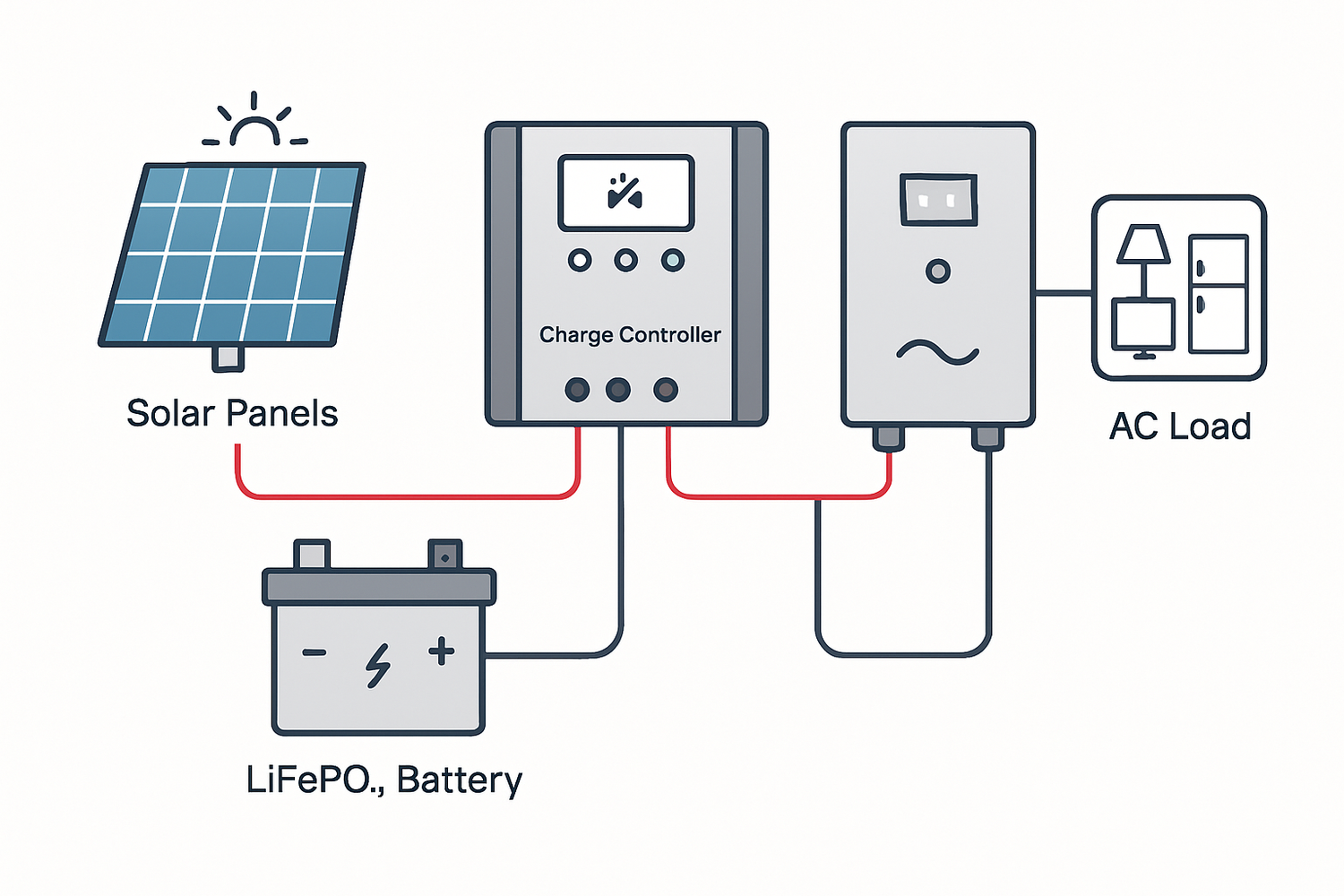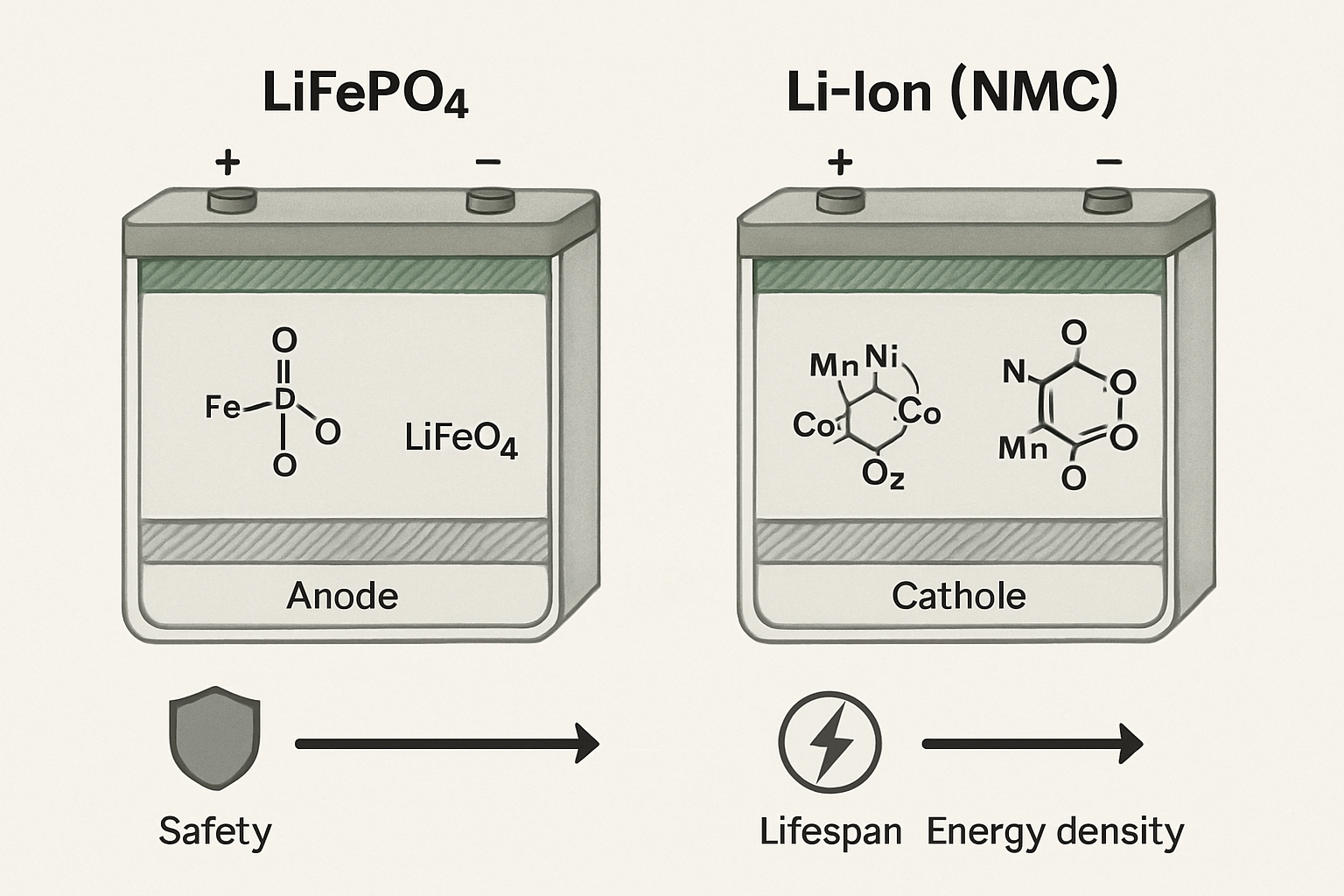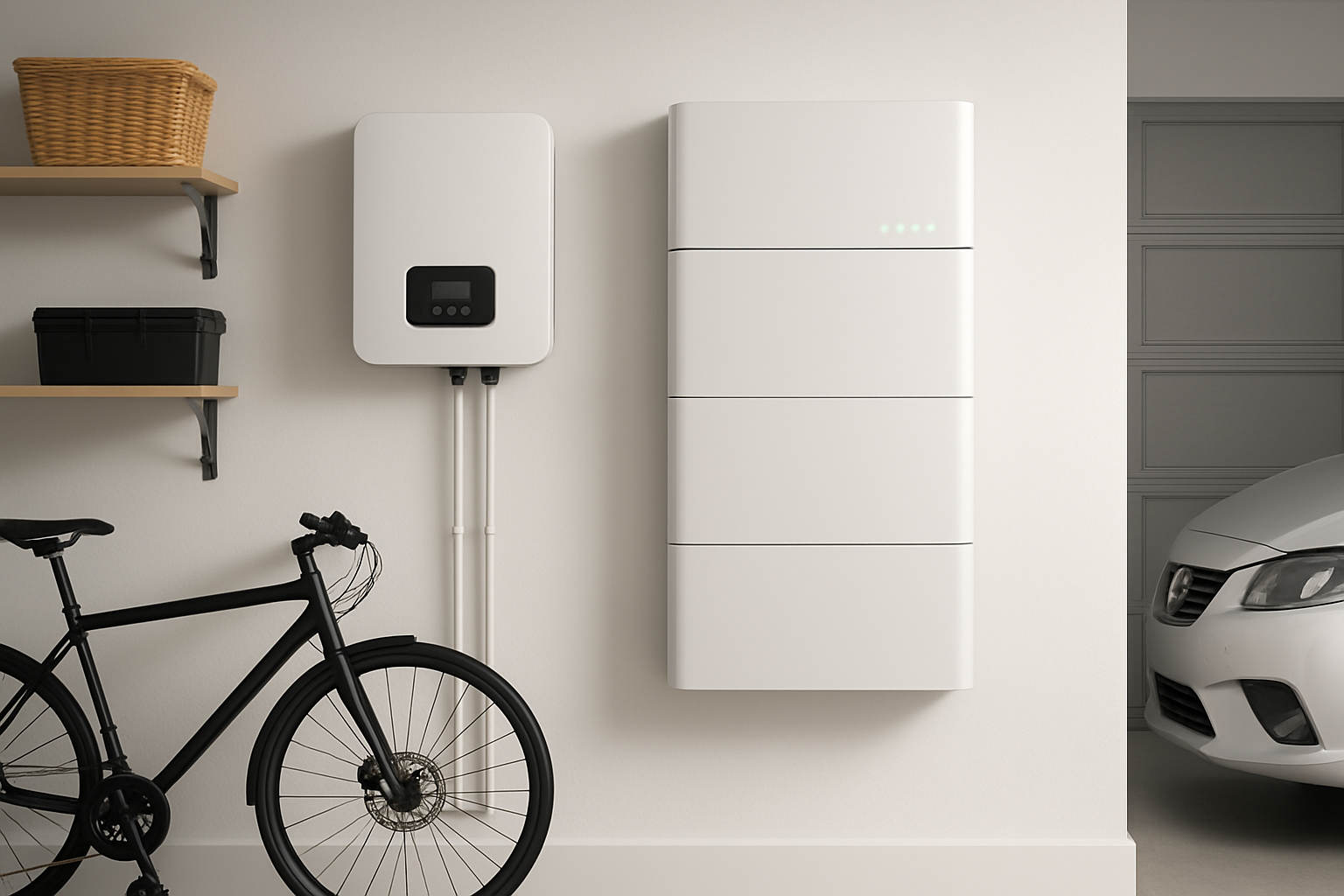Pairing your solar panels with a battery storage system transforms your ability to use the sun's energy. Instead of sending excess power back to the grid, you can store it for use at night or during outages. Lithium Iron Phosphate (LiFePO4) batteries have become a leading choice for these systems due to their safety, longevity, and efficiency. This article provides a clear path to understanding how to properly integrate a LiFePO4 battery with your solar panels, creating a robust and independent energy solution.
The Key Players in Your Solar and Storage System
A successful solar power system with battery storage relies on several core components working together seamlessly. Understanding the role of each part is the first step toward a successful integration.
Solar Panels: The Energy Generators
Solar photovoltaic (PV) panels are the foundation of your system. They capture sunlight and convert it into direct current (DC) electricity. The amount of power they generate depends on factors like their efficiency, orientation, and the amount of sunlight they receive. This DC power is the raw energy that will either power your home directly or be stored in your battery.
LiFePO4 Battery: The Energy Reservoir
The LiFePO4 battery is where you store the excess solar energy your panels produce. Unlike traditional lead-acid batteries, LiFePO4 chemistry offers a longer lifespan, often exceeding 4000 charge cycles. They are also more stable and safer, with a much lower risk of thermal runaway. A quality 12v 100ah LiFePO4 lithium battery can be a cornerstone for a dependable home battery storage system.
The Charge Controller: The System's Brain
A solar charge controller is a critical device that sits between the solar panels and the battery. Its primary job is to regulate the voltage and current coming from the panels to prevent overcharging the battery. Maximum Power Point Tracking (MPPT) controllers are highly recommended for their efficiency, as they can optimize the power output from the panels, resulting in up to 30% more energy harvested compared to older PWM models.
The Inverter: The Power Converter
Your solar panels and battery operate on DC electricity, but most household appliances run on alternating current (AC). The inverter's function is to convert the DC power from your energy storage into usable AC power. Hybrid inverters are particularly useful as they combine the functionality of a standard inverter and a charge controller into a single unit, simplifying the setup.
Connecting Your System Components
With the components understood, the next phase is connecting them. This process requires careful planning and attention to detail to ensure both safety and optimal performance.
Sizing Your System Correctly
Properly sizing your system is crucial. You need to balance your daily energy consumption (measured in kilowatt-hours) with your solar panel array's generation capacity and your battery's storage capacity. An undersized system will leave you without power, while an oversized one is not cost-effective. For a deeper look at performance benchmarks, the Ultimate Reference for Solar Storage Performance provides valuable data on efficiency and output to help guide your calculations.
Wiring the Components: Safety First
The standard connection sequence is: solar panels to the charge controller's PV input, the charge controller's battery output to the LiFePO4 battery terminals, and the battery to the inverter. Always use the correct gauge of wire to handle the expected current, and install fuses or circuit breakers at key points—such as between the controller and battery and between the battery and inverter—for overcurrent protection. Adhering to safety protocols is non-negotiable.
Configuring the Charge Controller
LiFePO4 batteries have specific charging requirements that differ from lead-acid batteries. It is essential to configure your charge controller with the correct voltage settings for LiFePO4 chemistry. This typically involves setting a bulk/absorb voltage around 14.4V - 14.6V and disabling any equalization or temperature compensation features, which are not needed and can damage the battery.
Choosing Your System's Architecture
When designing a solar-plus-storage project, you can structure the system in two primary ways: DC coupling or AC coupling. Each has its advantages depending on your situation.
What is DC Coupling?
In a DC-coupled system, the power from the solar panels flows through a charge controller directly to the battery bank. The battery and the solar array are on the same DC side of the system, and a single hybrid inverter converts this DC power to AC for your home. This setup is highly efficient because the energy is stored with only one DC-to-AC conversion. According to a U.S. Department of Energy success story, DC coupling can be more cost-effective in new solar-plus-storage applications because it requires only one inverter.
What is AC Coupling?
AC coupling is often used when adding a battery system to an existing grid-tied solar installation. In this configuration, the solar panels have their own grid-tie inverter, and the battery system has a separate multi-mode inverter/charger. The solar power is first converted from DC to AC for the home, and any excess AC power is then converted back to DC to charge the battery. While slightly less efficient due to multiple power conversions, it offers great flexibility for retrofits.
| Feature | DC Coupling | AC Coupling |
|---|---|---|
| Efficiency | Higher (fewer conversions) | Slightly Lower |
| Best For | New installations | Retrofitting existing solar systems |
| Complexity | Can be more integrated | Simpler to add on |
| Inverters | One Hybrid Inverter | Two Inverters (Solar & Battery) |
Getting the Most from Your LiFePO4 Battery
Proper integration is just the beginning. To ensure a long and productive life for your energy storage solution, follow best practices for its operation and maintenance.
Optimal Charging and Discharging
LiFePO4 batteries are resilient, but you can extend their lifespan even further by not regularly discharging them completely. Operating within a 20% to 80% state of charge is a common practice to maximize cycle life. They also perform best within a moderate temperature range, so avoid placing them in locations with extreme heat or cold.
The Role of a Battery Management System (BMS)
Virtually all modern LiFePO4 batteries, including a 12v 200ah lithium battery, come with a built-in Battery Management System (BMS). This electronic circuit board is the battery's guardian, protecting it from overcharging, over-discharging, high temperatures, and short circuits. The BMS also ensures all the cells within the battery pack are balanced, which is vital for performance and longevity.
Regular System Monitoring
Keeping an eye on your system's performance helps you spot potential issues early. Many modern inverters and charge controllers offer monitoring software or apps that display real-time data, including battery voltage, state of charge, and energy production. The International Renewable Energy Agency (IRENA) highlights in its Electricity Storage Valuation Framework the increasing importance of storage and smart management for grid stability and personal energy independence.
Achieving Energy Independence
Integrating a LiFePO4 battery with your solar panels is a significant step toward creating a self-sufficient and resilient power source for your home, farm, or cabin. By selecting the right components, sizing the system accurately, and following safe installation practices, you can build a reliable solar energy storage system that serves you for years to come. This combination not only provides backup power but also allows you to maximize your use of clean, renewable energy.
Disclaimer: This article is for informational purposes only and does not constitute professional electrical or financial advice. Always consult with a qualified professional before installing any solar power or battery storage system. Installation should comply with all local electrical codes and regulations.
Frequently Asked Questions
Can I use any charge controller for a LiFePO4 battery?
No, you should use a charge controller that has a specific LiFePO4 charging profile or allows for custom voltage settings. Using a controller designed only for lead-acid batteries can damage a LiFePO4 battery by overcharging it or using incorrect charging stages.
How many solar panels do I need for a 100Ah LiFePO4 battery?
This depends on your location's average daily sun hours and the wattage of your solar panels. As a general rule, you might use 300-400 watts of solar panels to effectively charge a 12V 100Ah lithium ion solar battery in a day, but this should be calculated based on your specific energy needs and conditions.
Is it possible to add a LiFePO4 battery to my existing grid-tied solar system?
Yes, this is a common application. It is typically done using an AC-coupled setup, where a battery and a compatible inverter/charger are added to your existing system without needing to replace the original solar inverter.
What is the typical lifespan of a LiFePO4 battery in a solar setup?
A LiFePO4 battery can last for 10 to 15 years or more, often providing between 4,000 and 7,000 charge-discharge cycles. This is significantly longer than traditional deep-cycle batteries, making them a sound long-term investment for energy storage.





Leave a comment
All comments are moderated before being published.
This site is protected by hCaptcha and the hCaptcha Privacy Policy and Terms of Service apply.